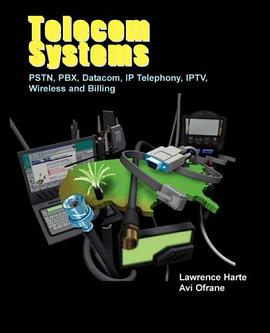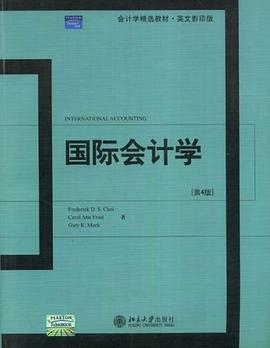

This book explains how telecommunications systems and services work and the markets associated with them. Telecommunications technology and services are continually changing. Descriptions and easy to understand diagrams of typical systems and their interconnections are provided for local exchange company (LEC), inter-exchange company (IXC), private telephone exchanges (PBX), computer networks (LANs), data networks (e.g. Internet), billing and customer care systems (BCC). The book starts with a basic introduction to telecom communication. It covers the different types of telecom industries, who controls and regulates them, and provides a basic definition of each of the major telecom technologies. A broad overview of the telecom voice, data, and multimedia applications is provided. You will discover the fundamentals of telecom transmission and switching technologies and their terminology. The basics of public telephone systems are provided along with the structure and operation of local exchange carrier (LEC) systems. Described are the different types of analog loop, digital loop, switches, multi-channel communication lines and signaling control systems. The different types of private telephone systems and their evolution are covered. Included is the basic operation, attributes and services for key telephone systems (KTS), central exchange (CENTREX) systems, private branch exchange (PBX) and computer telephony integration (CTI). You will learn how these systems are converting from fixed proprietary systems to flexible industry standard systems. This book covers how digital subscriber lines (DSL) are important to telephone operators, what services it can offer, and the installationoptions. You will discover the different types of DSL including HDSL, ADSL, SDSL, VDSL, and the new ADSL2+ systems. The different types of wireless systems are explained including cellular and personal communication services (PCS), broadcast radio and television, paging, wireless data, land mobile radio (LMR), aircraft telephones, satellite, wireless PBX, residential cordless, wireless local area networks (WLAN), short range data (piconets, ) wireless cable, wireless broadband (WiMax), wireless local loops (WLL), and 1st, 2nd, 2.5, and third generation wireless (3G). IP Telephony services and systems are described and explained. You will learn about IP private branch exchange (IP PBX) and IP Centrex managed IP telephone services and will discover how Internet telephone service providers (ITSPs) can provide high-quality telephone services over unmanaged broadband communication systems. You will discover how the high data transmission bandwidth available from broadband connections (such as DSL service) is being used to provide digital television service to customers (IPTV). Find out how the use of an IP television set top box (IP STB) will allow customers to select from thousands of television channels available through their telephone line and watch them on their standard television. Telecom billing provides the fundamentals for telecom billing and customer care (BCC) systems. The topics that are explained include: types of services, standard billing processes, real time billing, multilingual support, multiple currencies, inter-carrier settlements, event sources and tracking, mediation devices, call detail records (CDRs), call processing, cycle billing, clearinghouse, invoicing, management reporting, processing payments. Some of the most important topics featured are: . Telecom Applications and Services . Basic Communication Technology . Public Telephone Networks (PSTN) . KTS, PBX, and CTI Private Telephone Systems . Data Communication Networks . IP Telephony Overview . IPTV Systems and Services . Wireless Systems . Telecom Billing
具體描述
讀後感
用戶評價
相關圖書
本站所有內容均為互聯網搜索引擎提供的公開搜索信息,本站不存儲任何數據與內容,任何內容與數據均與本站無關,如有需要請聯繫相關搜索引擎包括但不限於百度,google,bing,sogou 等
© 2025 onlinetoolsland.com All Rights Reserved. 本本书屋 版权所有




















